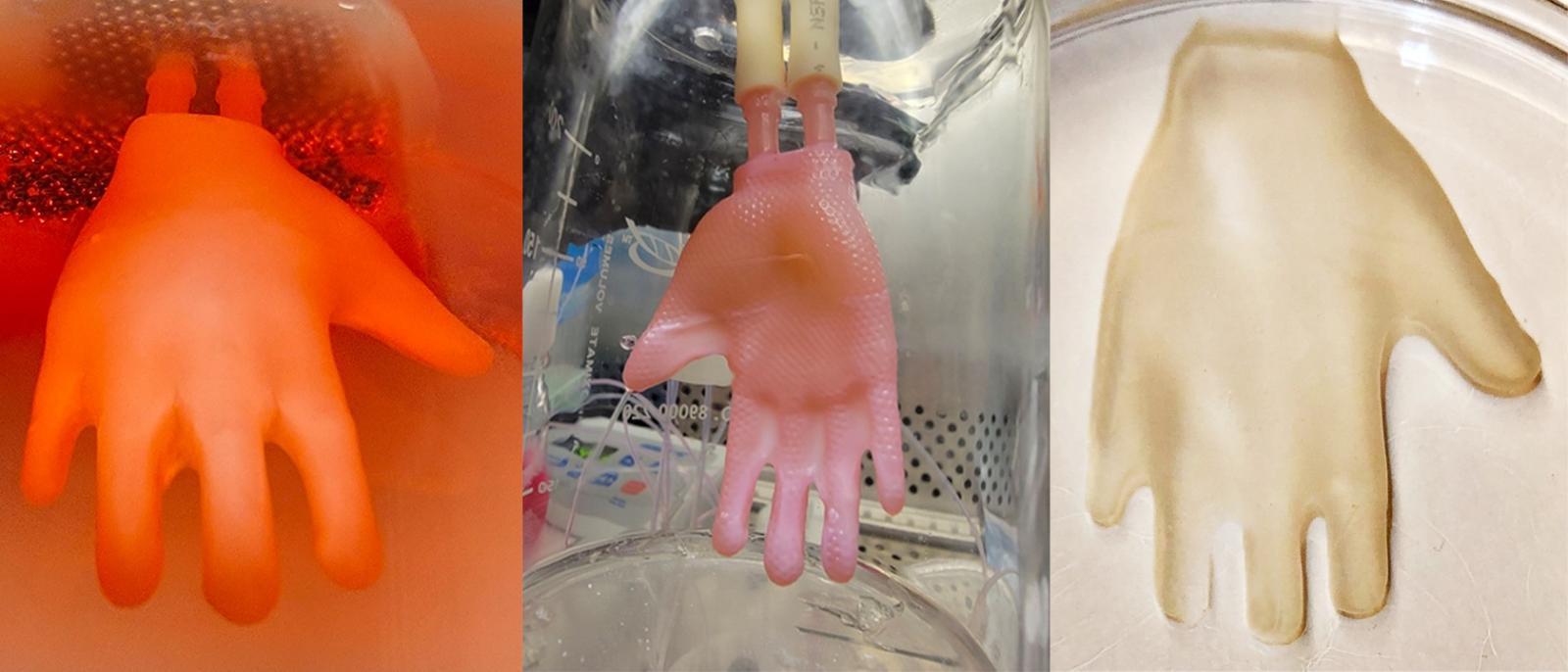3D printing enables the creation of lifelike skin grafts
Bioengineers from Columbia University have advanced the future of skin grafts with the aid of 3D printing.
Skin grafts have seen little movement in terms of evolution since the process was introduced in the 1980s. The time of engineered skin arriving in flat pieces that need to be stitched together has long been overdue a restructure.
However, when you’re dealing with complex shapes – as with the human body – arriving at a natural and comprehensive finish can be challenging. But by utilising the growing capabilities of 3D printing, the Columbian research team believe it could mark a major breakthrough in grafting complex yet natural shapes for the human body.
Lead Developer, Hasan Erbil Abaci, PhD, Assistant Professor of Dermatology at Columbia University Vagelos College of Physicians and Surgeons, said: “Engineered skin started with only two cell types, but human skin has around 50 types of cells. Most research had focused on mimicking the cellular components of human skin.
“As a bioengineer, it’s always bothered me that the skin’s geometry was overlooked and grafts have been made with open boundaries, or edges. We know from bioengineering other organs that geometry is an important factor that affects function.”
A study of the teams’ findings also highlighted that continuous 3D grafts have better mechanical and functional properties when compared to conventional grafts that have been pieced together.
The process
To create a 3D skin graft, the bioengineers followed almost the exact same process as they would for creating a traditional graft, except in 3D grafting there is an additional step referred to as the ‘3D scaffold’. The entire process for both types of graft take the same time, which is around three weeks.
Creating a 3D graft:
- A 3D laser will scan the intended area
- Using CAD and 3D printing, a hollow and breathable model is created (the 3D scaffold)
- The model’s exterior is seeded with fibroblasts (these generate the skin’s connective tissue), and collagen (a structural protein)
- The outside of the mould is covered with a mixture of keratinocytes (an epidemic cell which produces keratin)
- The inside is suffused with a growth media to support and nourish the developing graft
Abaci commented: “Three-dimensional skin constructs that can be transplanted as ‘biological clothing’ would have many advantages … They would dramatically minimise the need for suturing, reduce the length of surgeries, and improve aesthetic outcomes.
“Another compelling use would be face transplants, where our wearable skin would be integrated with underlying tissues like cartilage, muscle, and bone, offering patients a personalised alternative to cadaver transplants,”
A skin sample of just 4 x 4mm provides enough cells to be cultured and multiplied to be able to cover a human hand. It is hoped that custom-made grafts from the patients own cells will be the next step in creating wearable 3D skin.
And as the capabilities of 3D printing continue to grow, both in technological advancement and popularity, the process can only be made better and faster in the future, which means those who desperately need a transplant could see more natural results within a shorter timeframe.








